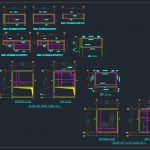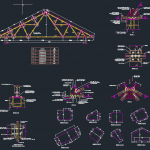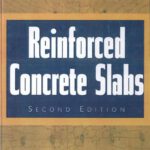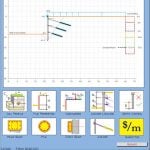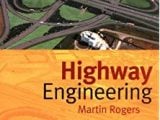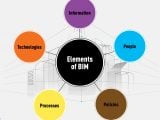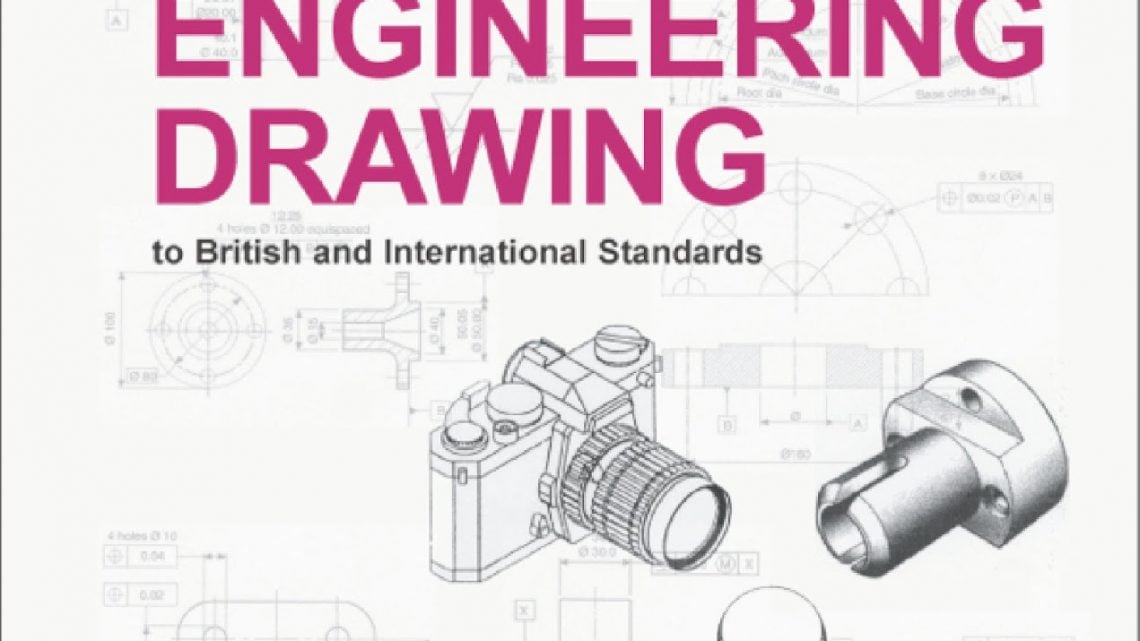
Manual of engineering drawing, Second edition
28 August 2018Manual of engineering drawing, Second edition
Colin H. Simmons, Dennis E. Maguire
No matter how a drawing is produced, either on an inexpensive drawing board or the latest CAD equipment, the drawing must conform to the same standards and be incapable of misinterpretation.
The text which follows covers the basic aspects of engineering drawing practice required by college and university students, and also professional drawing office personnel. Applications show how regularly used standards should be applied and interpreted. Geometrical constructions are a necessary part of engineering design and analysis and examples of twoand three-dimensional geometry are provided.
Practice is invaluable, not only as a means of understanding principles, but in developing the ability to visualize shape and form in three dimensions with a high degree of fluency. It is sometimes forgotten that not only does a draughtsman produce original drawings but is also required to read and absorb the content of drawings he receives without ambiguity.
The section on engineering diagrams is included to stimulate and broaden technological interest, further study, and be of value to students engaged on project work. Readers are invited to redraw a selection of the examples given for experience, also to appreciate the necessity for the insertion and meaning of every line.
- 1 Drawing office management and organization
- 2 Product development and computer-aided design
- 3 CAD organization and applications
- 4 Principles of first and third angle orthographic projection
- 5 Linework and lettering
- 6 Three-dimensional illustrations using isometric and oblique projection
- 7 Drawing layouts and simplified methods
- 8 Sections and sectional views
- 9 Geometrical constructions and tangency
- 10 Loci applications
- 11 True lengths and auxiliary views
- 12 Conic sections and interpenetration of solids
- 13 Development of patterns from sheet materials
- 14 Dimensioning principles
- 15 Screw threads and conventional representations
- 16 Nuts, bolts, screws and washers
- 17 Keys and keyways
- 18 Worked examples in machine drawing
- 19 Limits and fits
- 20 Geometrical tolerancing and datums
- 21 Drawing solutions

